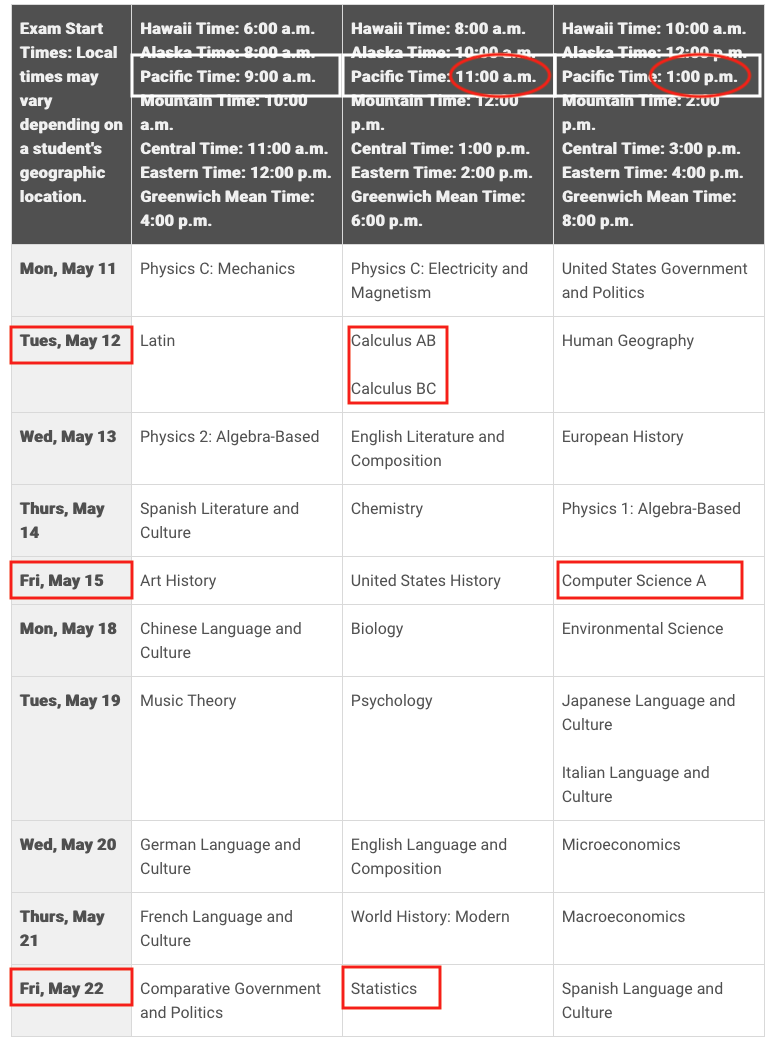- Unit 3 Basic Differentiationap Calculus 2nd Edition
- Unit 3 Basic Differentiationap Calculus Solver
- Unit 3 Basic Differentiationap Calculus 14th Edition
- Unit 3 Basic Differentiationap Calculus Calculator
. AP® is a trademark registered and owned by the College Board, which was not involved in the production of, and does not endorse, this site.® is a trademark registered. Again using linearity, f'(x) = a(x3)' + b(x2)' + c(x)' + (d)' = 3ax^2 + 2bx + c Example 3 can be generalized as follows: A polynomial of degree n has a derivative everywhere, and the derivative is a polynomial of degree (n - 1). First we use the product rule, since f(x) is given as the product of x 2.
Quantity calculus is the formal method for describing the mathematical relations between abstractphysical quantities.[1] (Here the term calculus should be understood in its broader sense of 'a system of computation', rather than in the sense of differential calculus and integral calculus.) Its roots can be traced to Fourier's concept of dimensional analysis (1822).[2] The basic axiom of quantity calculus is Maxwell's description[3] of a physical quantity as the product of a 'numerical value' and a 'reference quantity' (i.e. a 'unit quantity' or a 'unit of measurement'). De Boer summarized the multiplication, division, addition, association and commutation rules of quantity calculus and proposed that a full axiomatization has yet to be completed.[1]
- Calculus: Home List of Lessons Teacher Resources UNIT 3 - Basic Differentiation. 3.2 Product & Quotient Rule. 3.3 Velocity & other Rates of Change.
- Notes 3.1 Key Notes 3.2 Key Notes 3.3 Key Smac Edition Notes 3.3 Key Notes 3.4 Key Notes 3.5 Key.
Measurements are expressed as products of a numeric value with a unit symbol, e.g. '12.7 m'. Unlike algebra, the unit symbol represents a measurable quantity such as a meter, not an algebraic variable.

A careful distinction needs to be made between abstract quantities and measurable quantities. The multiplication and division rules of quantity calculus are applied to SI base units (which are measurable quantities) to define SI derived units, including dimensionless derived units, such as the radian (rad) and steradian (sr) which are useful for clarity, although they are both algebraically equal to 1. Thus there is some disagreement about whether it is meaningful to multiply or divide units. Emerson suggests that if the units of a quantity are algebraically simplified, they then are no longer units of that quantity.[4] Johansson proposes that there are logical flaws in the application of quantity calculus, and that the so-called dimensionless quantities should be understood as 'unitless quantities'.[5]
Unit 3 Basic Differentiationap Calculus 2nd Edition

How to use quantity calculus for unit conversion and keeping track of units in algebraic manipulations is explained in the handbook on Quantities, Units and Symbols in Physical Chemistry.
References[edit]
- ^ abde Boer, J. (1995), 'On the History of Quantity Calculus and the International System', Metrologia, 31 (6): 405–429, Bibcode:1995Metro..31..405D, doi:10.1088/0026-1394/31/6/001
- ^Fourier, Joseph (1822), Théorie analytique de la chaleur
- ^Maxwell, J. C. (1873), A Treatise on Electricity and Magnetism, Oxford: Oxford University Press, hdl:2027/uc1.l0065867749
- ^Emerson, W.H. (2008), 'On quantity calculus and units of measurement', Metrologia, 45 (2): 134–138, Bibcode:2008Metro..45..134E, doi:10.1088/0026-1394/45/2/002
- ^Johansson, I. (2010), 'Metrological thinking needs the notions of parametric quantities, units and dimensions', Metrologia, 47 (3): 219–230, Bibcode:2010Metro..47..219J, doi:10.1088/0026-1394/47/3/012

Unit 3 Basic Differentiationap Calculus Solver
Further reading[edit]

Unit 3 Basic Differentiationap Calculus 14th Edition
- International Organization for Standardization. ISO 80000-1:2009 Quantities and Units. Part 1 - General.. ISO. Geneva
- International Bureau of Weights and Measures (2006), The International System of Units (SI)(PDF) (8th ed.), pp. 131–35, ISBN92-822-2213-6, archived(PDF) from the original on 2017-08-14
- International Union of Pure and Applied Chemistry (1993). Quantities, Units and Symbols in Physical Chemistry, 2nd edition, Oxford: Blackwell Science. ISBN0-632-03583-8. p. 3. Electronic version.